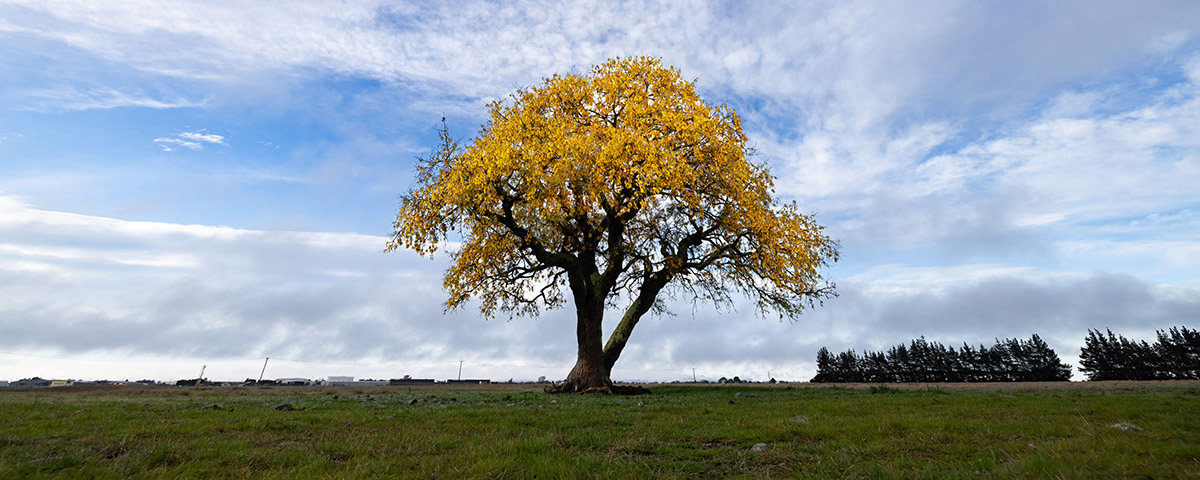
Together, Contact and Lightsource bp are proud to confirm our investment to build Kōwhai Park Solar Farm on the Christchurch Airport campus.
With around 300,000 panels spanning 230 hectares, Kōwhai Park will be one of New Zealand’s largest solar farms. The 168MWp solar farm is expected to generate around 275GWh per year - an equivalent to the annual electricity demand of around 36,000 homes.
Both Contact and Lightsource bp have a proven track record of renewable energy project delivery and will work closely with Christchurch Airport to bring this project to life.
Kōwhai Park is the first of a number of planned solar farms for the Lightsource bp and Contact Energy partnership in New Zealand.
Construction to begin in late 2024 and we expect the solar farm to be operational in 2026.
Why solar?
On our mission to decarbonise Aotearoa, we need to ensure our portfolio of renewable energy is robust and diverse. We’re excited to add solar power as part of our portfolio for renewable electricity for the first time.
How it works
Solar is a passive form of technology, providing local and sustainable electricity that adds security to the world’s energy mix. This, combined with its affordability and reliability, makes it an ideal energy source.
Each solar panel is made of cells, which convert the light energy from daylight into electrical energy. Daylight from the sun hits a negatively doped silicon layer which ‘excites’ electrons, effectively ‘removing’ them from their atoms. This creates a potential difference between the two layers of silicon and stimulates a flow of electrons. The flow generates Direct Current (DC) electricity.
The benefits
Solar power is the world’s fastest growing source of new energy because it has the potential to meet many of the low-carbon challenges we are facing today. It is increasing in popularity because it is cost-competitive, versatile, quick to deploy and kind to our environment.
About our partnership with Lightsource bp
In April 2022, Contact Energy and Lightsource bp formed a joint venture partnership to develop grid-scale solar generation projects in Aotearoa, New Zealand.
Lightsource bp is a global leader in the development and management of solar energy infrastructure, active across 19 global regions, including Australia. Founded in 2010, LSbp is now a 50/50 joint venture with energy company bp, and was created to provide sustainable and affordable power to businesses and communities across the world.
The 50/50 JV is aligned with our strategy to be a leader in the decarbonisation of Aotearoa through the development and delivery of renewable generation projects.
Location: Christchurch Airport campus, New Zealand
Capacity: 168MWp
Annual generation: ~275GWh per year
Energy type: Solar
Construction: Beginning in late 2024, and expected to be operational in 2026.
EPC Contractor: CHINTEC will undertake the engineering, procurement, and construction (EPC) of the solar farm under a comprehensive EPC contract, with network connection delivered by Ventia.
For independent complaint or pricing advice, click here. UDL & Powerswitch can help.
To read our Residential Consumer Care policy on how we'll keep you safe and connected, click here.